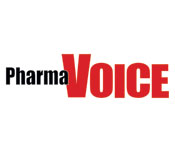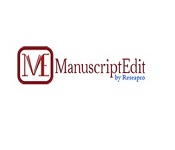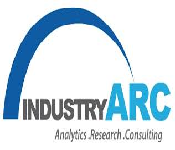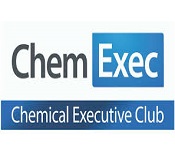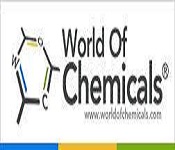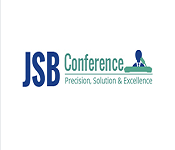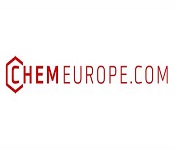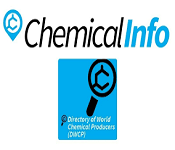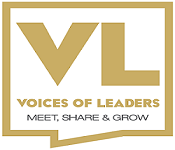Chemical Sciences 2018
About Conference
EuroSciCon invites all the participants from all over the world to attend "8th International Conference on Chemical Sciences’’ during June 14-15, 2018 at London, UK which includes prompt keynote presentations, Oral talks (Speaker Forum and Young research Forum), Poster presentations, Workshops and Exhibitions.
Chemical Sciences 2018 is a global overview the Theme: “Recent Trends and Advancements in the field of Chemical Sciences” is aims to bring together leading academic scientists, researchers and research scholars to exchange and share their experiences and research results on all aspects of Chemical Sciences. It also provides a premier interdisciplinary platform for researchers, practitioners and educators to present and discuss the most recent innovations, trends, and concerns as well as practical challenges encountered and solutions adopted in the fields of Chemical Sciences.
Call for Contributions
All honorable authors are kindly encouraged to contribute to and help shape the conference through submissions of their research abstracts, papers and e-posters. Also, high quality research contributions describing original and unpublished results of conceptual, constructive, empirical, experimental, or theoretical work in all areas of Chemical Sciences are cordially invited for presentation at the conference. The conference solicits contributions of abstracts, papers and e-posters that address themes and topics of the conference, including figures, tables and references of novel research materials.
Target Audience for Chemical Sciences 2018:
Eminent Scientists/ Research Professors in the field of Chemical Sciences, Junior/Senior research fellows, Students, Directors of chemicals research companies, Chemical Engineers, Members of Chemistry associations and exhibitors from chemicals Industry/chemical Industries.
Why to attend our Conference:
Scope and Importance: With the growing awareness and focus on improving and maintaining the environment, the regulatory impact on the chemical market in which Chemical Science is indulged has grown. Coatings, resins, gases, fuels, pesticides, cosmetics have all seen areas of growth on a global and segmented geographical scales. BCC Research reports provide high quality market forecasts and trends based on current analysis of the market and the market drivers. Patent analysis and company profiles of major players and stakeholders within the chemical science market within the reports show emerging products and technologies that are environmentally friendly and in some cases help sustain the environment. The areas covered range from commodity chemical products to smaller specialized Chemical markets. Chemistry is too universal and dynamically-changing a subject to be confined to a fixed definition, it might be better to think of chemistry more as a point of view that places its major focus on the structure and properties of substances particular kinds of matter and especially on the changes that they undergo. The real importance of Chemistry is that it serves as the interface to practically all of the other sciences, as well as to many other areas of human endeavour. For this reason, Chemistry is often said (at least by chemists!) to be the "central science". Chemistry can be "central" in a much more personal way: with a solid background in Chemistry, you will find it far easier to migrate into other fields as your interests develop. Chemistry is so deeply ingrained into so many areas of business, government, and environmental management that some background in the subject can be useful (and able to give you a career edge as a team member having special skills) in fields as varied as product development, marketing, management, computer science, technical writing, and even law. It also provides the platform for researchers, scholars and educators to present and discuss the most recent innovations, trends, and concerns, practical challenges encountered and the solutions adopted in the field of Chemical Science. The recent research in chemical science shares knowledge to scholars pursing their studies in this field.
Sessions/Tracks
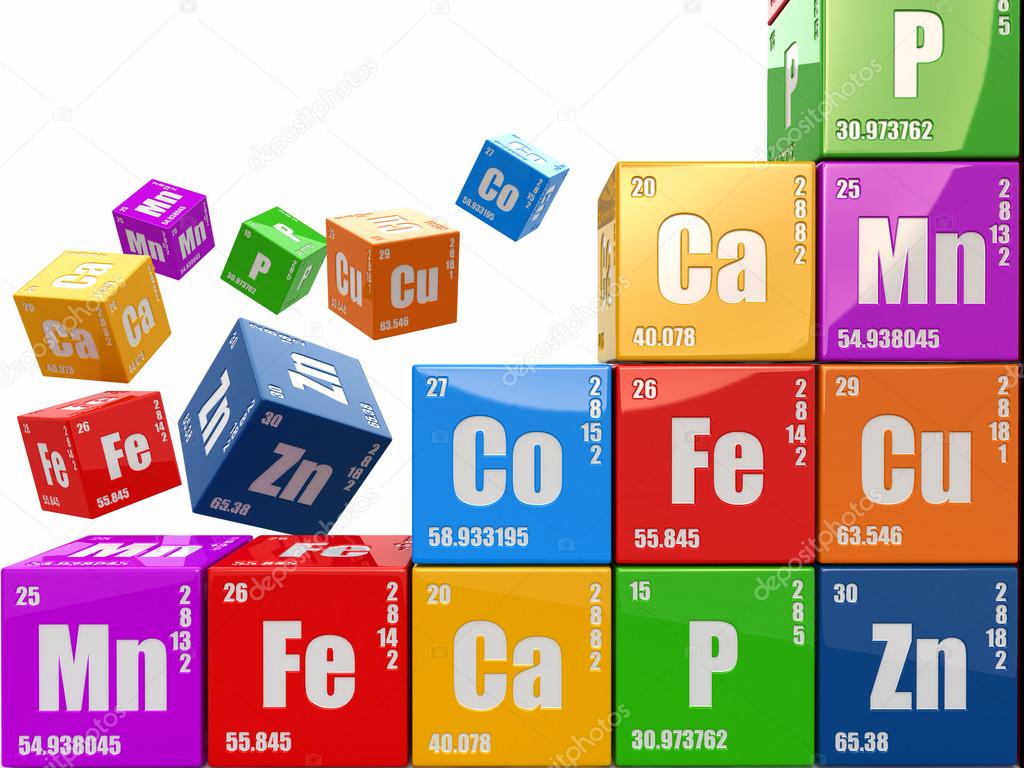


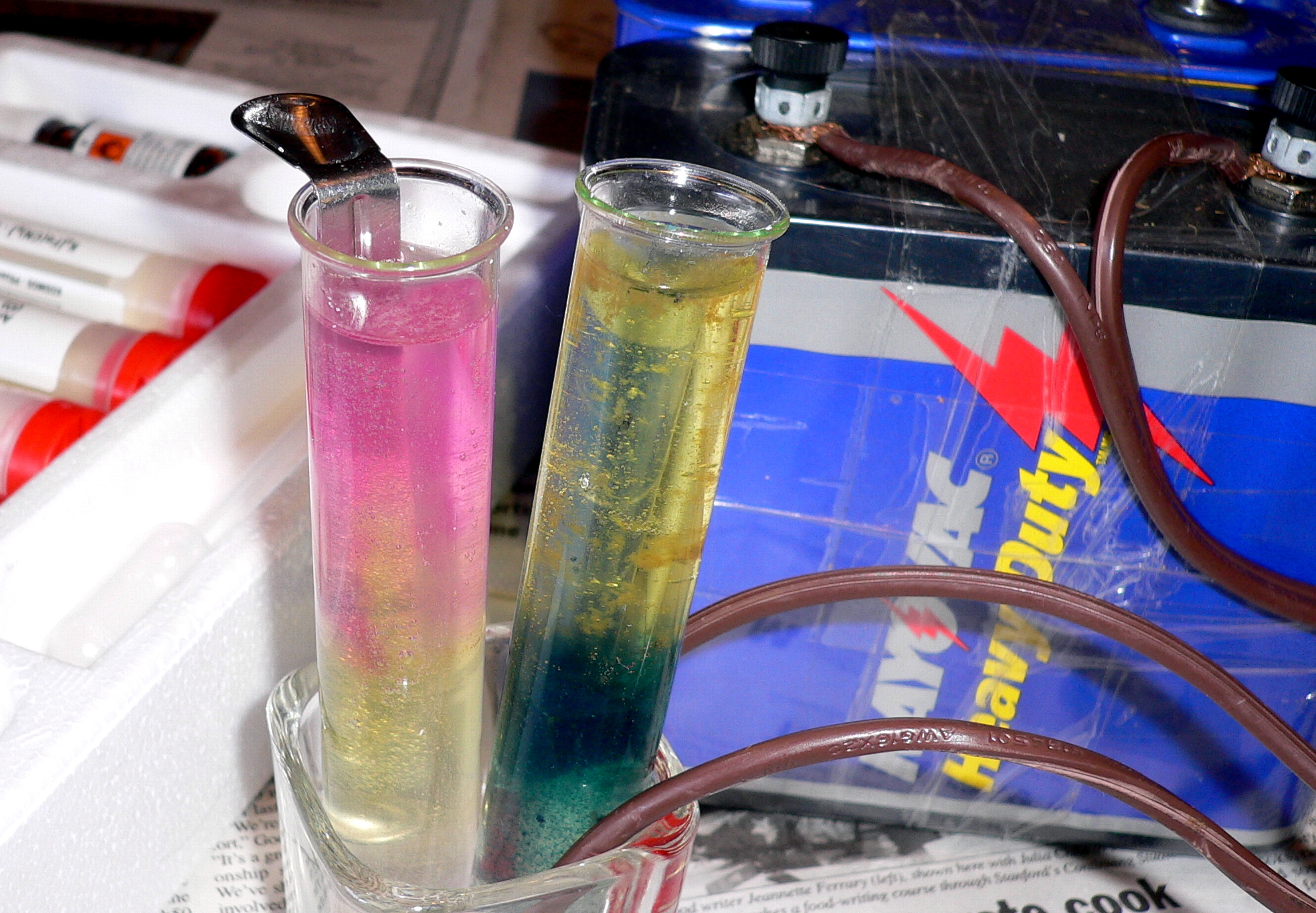
-with-Placement-MEnvSci-Honours-FF86.jpg)




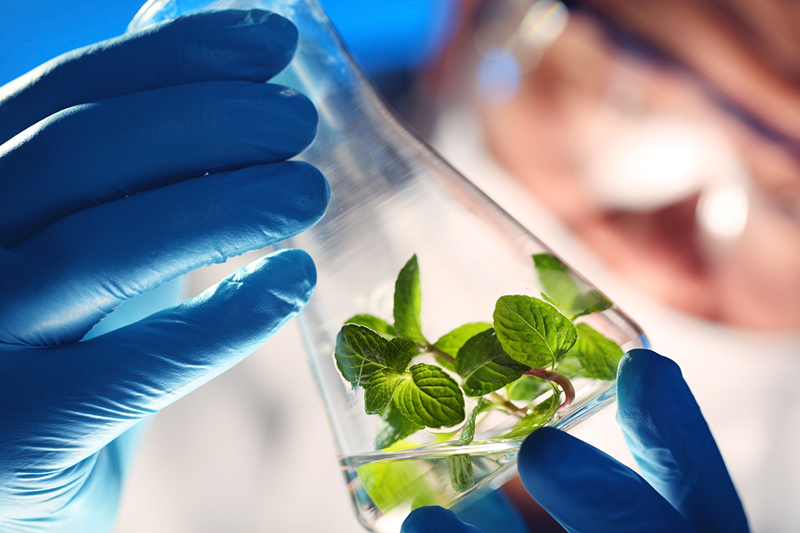


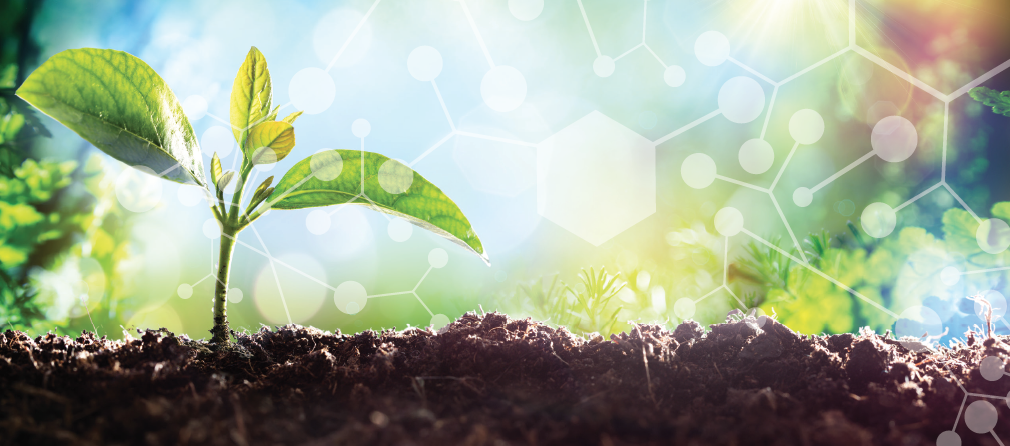
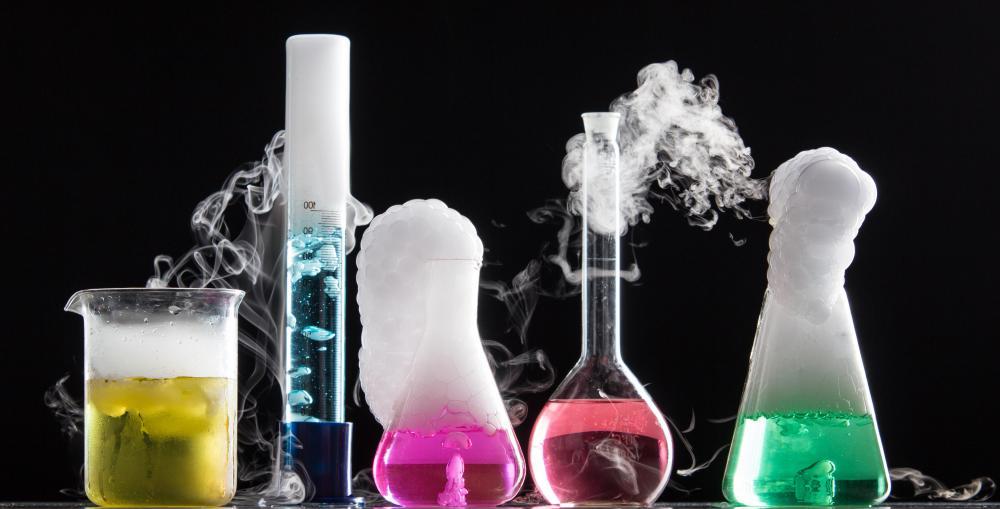
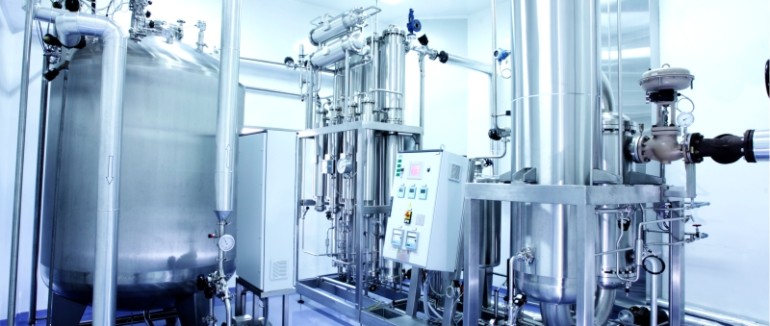
Market Analysis
Information provided is the chemical science analyses of global market trends, with data from 2014 estimates for 2015 and 2016 and projections of CAGRs through 2021. Discussion of the markets by end-use application and major types of materials used, covering all the major ingredients. Evaluation of new patents and technological developments.Identification of companies potentially involved in mergers and acquisitions.Determinations of the sales potential for new formulations. Examinations of various regulatory and environmental issues as new ingredients are introduced. Comprehensive profiles of major end-user companies, along with their shares of the markets in their respective segments of operation.The chemicals market consists of speciality chemicals, commodity chemicals, agricultural chemicals, and other chemicals (which includes products such as pharmaceutical chemicals).
Market values are taken at producer selling price (PSP).The global chemicals market is expected to generate total revenues of $4,378.7bn in 2016, representing a compound annual growth rate (CAGR) of 3.9% between 2012 and 2016.The performance of the market is forecast to follow a similar pattern with an anticipated CAGR of 3.8% for the five-year period 2016 - 2021.
Global Chemicals industry profile provides top-line qualitative and quantitative summary information including: market size (value 2012-16, and forecast to 2021). The profile also contains descriptions of the leading players including key financial metrics and analysis of competitive pressures within the market. Essential resource for top-line data and analysis covering the global chemicals market. Includes market size and segmentation data, textual and graphical analysis of market growth trends and leading companies.The chemicals market consists of speciality chemicals, commodity chemicals, agricultural chemicals, and other chemicals (which includes products such as pharmaceutical chemicals). Market values are taken at producer selling price (PSP). Any currency conversions used in the creation of this report have been calculated using constant 2015 annual average exchange rates. The global chemicals market is expected to generate total revenues of $4,378.7bn in 2016, representing a compound annual growth rate (CAGR) of 3.9% between 2012 and 2016. Commodity chemicals dominate the global market. The prevalence of commodity chemical production is common across the globe as they are typically low-cost and low-skill to produce, however increasing technology and chemical expertise fuelled by increasing investment has resulted in the sustained growth of specialty chemicals. The performance of the market is forecast to follow a similar pattern with an anticipated CAGR of 3.8% for the five-year period 2016 - 2021. Scope: Save time carrying out entry-level research by identifying the size, growth, major segments, and leading players in the global chemicals market. Use the Five Forces analysis to determine the competitive intensity and therefore attractiveness of the global chemicals market. Leading company profiles reveal details of key chemicals market players' global operations and financial performance. Add weight to presentations and pitches by understanding the future growth prospects of the global chemicals market with five year forecasts.
Learn More
Top Chemical Sciences Universities :
Chemical Sciences Universities :
University of Maryland | University College London | University of Minnesota | Imperial college of London | Oregon State University | University of Lowa Wake | Forest University | Penn State College | EuroSciCon Conferences | Boston University | Trinity College | Hunter College | King College Old Dominion University | University of Calcutta | University of Exeter | Baylor College | University of Leicester | University Of Montana | Swansea University | EuroSciCon Conferences | Lycoming Colleges | National College | University of California | UCD Science Centre Skaggs the School of Pharmacy | EuroSciCon Conferences | The University of Houston | Biyani Colleges | University of Cambridge | EuroSciCon | University Of Kentucky | EuroSciCon | University of Vermont | University of Michigan Ann Arbor | Jilin University | Nankai University | University of Toronto | Tohoku University | Princeton University | EuroSciCon | University of North Carolina Chapel Hill | University of Minnesota Twin Cities | National Taiwan University | EuroSciCon Conferences | University of Pennsylvania | Seoul National University | Cornell University | University of California San Diego
Europe Chemical Sciences Universities:
University of Graz | University of Innsbruck | Montan University Leoben | Johannes Kepler University Linz | Ghent University | Ruaer Boskovia Institute | University of Split | University of Zagreb | Charles University | Palacky University | University of Pardubice | University of Copenhagen | Aalto University | University of Grenoble | IRCOF Institute for Research in Organic Fine Chemistry | National Graduate School of Engineering Chemistry | Lille University | University of Lyon | University of Oviedo | University of Santiago de Compostela | University of Valladolid | University of Vigo | University of Zaragoza | Stockholm university | University of Bradford | University College Cork | Masaryk University | Robert Gordon University | Sheffield Hallam University | University of Southampton | University of Warwick
USA Chemical Sciences Universities:
Brigham Young University | California State University | California State University | Case western Reserve University | Clarkson University | Cleveland State University | Florida State University | Georgetown University | The George Washington University | Governors State University | Howard University | EuroSciCon Conferences | Illinois Institute of Technology | Indiana University Bloomington | Kansas State University | Kent State University | Marquette University | Miami University | Northeastern University | Old Dominion University | Oregon State University | Purdue University | New Brunswick Piscataway | Seton Hall University | South Dakota State University | Stevens Institute of Technology | Tufts University | University of Cincinnati | University of Georgia | University of Louisville | University of Maryland | University of Missouri
Asia Chemical Sciences Universities:
Nanyang Technological University | Tsinghua University | National University of Singapore | Peking University | University of Tokyo | Zhejiang University | Nanjing University | Kyoto University | EuroSciCon Conferences | Fudan University | University of Science and Technology of China | Osaka University | Korea Advanced Institute of Science and Technology | East China University of Science and Technology | Dalian University of Technology | Xiamen University | Jilin University | Nankai University | Japan Tohoku University | National Taiwan University | Seoul National University | Shanghai Jiao Tong University | King Abdullah University of Science and Technology | Hong Kong University of Science and Technology | National Tsing Hua University | Indian Institute of Science | King Abdulaziz University | Indian Institute of Technology
Africa Chemical Sciences Universities:
University of Ibadan | Cairo University | Rhodes University | Nelson Mandela Metropolitan University | Alexandria University | University of Khartoum | University of Fort Hare | Federal University of Technology | The German University in Cairo | University of Botswana | University of Abou Bekr Belkaid | University of Ilorin | Benha University | Jomo Kenyatta University of Agriculture and Technology | Assiut University | EuroSciCon Conferences | Sudan University of Science and Technology | Helwan University | University of Abuja | University of Zimbabwe | Vaal University of Technology | University of Cape town | EuroSciCon Conferences | University of Pretoria | University of south Africa | University of the Witwatersrand | University of Kwa Zulu Natal | University Stellenbosch | University of Johannesburg | North West University | University of Nairobi | University of the Western Cape | The American University in Cairo
Chemical Sciences Conferences:
European Chemical Sciences Conferences:
2nd International Pharmaceutical Chemistry Conferences October 02-04, 2017 Barcelona, Spain; 5th International Expo on Separation Techniques Conferences October 23-25, 2017 Paris, France; 10th World Medicinal Chemistry Conferences and Drug Design Conferences June 14-15, 2018 Barcelona, Spain; 6th International Advances in Chromatography Conferences and HPLC Techniques Conferences June 28-29, 2018 Amsterdam, Netherlands; 8th European Chemistry Congress, June 21-23, 2018 Paris, France; 32nd International Chromatography Conferences, September 23-27, 2018 Cannes Mandelieu, France; 26th Annual Middle East Petroleum Conferences and Gas Conferences 2018, April 22-24, 2018 Abu Dhabi Dubai; 20th International Biomaterial Engineering Conferences, May 21-22, 2018 Berlin Germany; 2nd International Catalysis Conferences and Chemical Engineering Conferences, February 19-21, 2018 Paris, France; 18th International Nanotechnology Conferences, July 23-26, 2018 Cork, Ireland; World Physio Chemical Methods in Drug Discovery and Development Conferences, September 04-06, 2017 Zagreb, Croatia; 3rd Advanced Energy Confereneces and Information Technology Conferences, August 05-08, 2017 Rome, Italy
USA Chemical Sciences Conferences: 18th World Analytical Conferences and Bioanalytical Chromatographic Techniques Conferences, November 02-03, 2017 Atlanta, USA; 5th International Current Trends in Mass Spectrometry Conferences and Chromatography Conferences, September 25-27, 2017 Atlanta, US; 3rd World Chemistry Conferences, September 11-12, 2017 Dallas, USA; 24th International Oxide Electronics Conferences, 24-27 September 2017, Chicago, IL, United States; General Chemo metrics Conferences, 18-20 October 2017, Bothell, United States; Eastern Analytical Conferences 13-15 November, 2017 Princeton, NJ, United States; 18th World Analytical Conferences and Bioanalytical Chromatographic Techniques Conferences November 02-03, 2017 Atlanta, Georgia, USA; International Analytical Conferences and Bioanalytical Techniques Conferences September 28-30, 2016 Orlando, USA
Asian Chemical Sciences Conferences:
5th Annual Asia Chemical Conferences, November 01-03, 2017, Singapore; World Analytical Conferences and Bioanalytical Techniques Conferences September 17-18, 2018 Singapore, Singapore; Global Experts Chemistry Conferences May 17-19, 2018 Singapore, Singapore pharma analysis Dubai, UAE; Annual Analytical Conferences and Separation Techniques Conferences October 12-13, 2017 Osaka, Japan; World Analytical Conferences and Bioanalytical Techniques Conferences September 17-18, 2018, Singapore
Africa Chemical Sciences Conferences :
Pan Africa Chemistry Network Conferences 2017; Sustainable Agriculture Conferences 7-9 November 2017, Accra, Ghana; GC-MS Conferences 20-24 November 2017, Lagos, Nigeria; LC MS Conferences 18-22 September 2017, Nairobi, Kenya; GC-MS Conferences 2-6 October 2017, Addis Ababa , Ethiopia; 40th Annual International Chemical Society Conferences Kada city 2017, September 17-20, 2017, Kaduna, Nigeria; 34th World Internal Medicine Conferences, Oct 18-2018, Cape Town, South Africa
Chemical Sciences Companies in USA :
AB Sciex | BMG Labtech Inc | B and W Tek Inc | Buchiglas USA Corp | Light Technology Industries, Inc | Biomics Inc | Pickering Laboratories, Inc | Labsphere Inc | Analytica of Branford, Inc | IMR Technologies | Industrial Test Systems Inc | Milestone Inc | DAK Americas | EuroSciCon Conferences | Basic Chemical Solutions | Jacobs Engineering Group Inc | Kinetic Systems Inc | Biocision | Anasys Instruments Corporation | BMG Labtech Inc | Shimadzu Scientific Instruments | Agilent Technologies | Bay Spec, Inc | Celerity | Pickering Laboratories Inc | Labsphere Inc | Analytica of Branford Inc | IMR Technologies | International Equipment Trading Ltd | Industrial Test Systems, Inc | Eckert and Ziegler Cnl Scientific Resources Inc | EuroSciCon Conferences | Thar Instruments, Inc | High Purity Standards, Inc | J2 Scientific | Columbus Instruments | Perkin Elmer Life and Analytical Sciences Inc | Tiger Optics | Spex Certi prep | ASPEX Corporation | Extech Instruments Corp | OI Analytical | ESA Laboratories Inc | Nova Analytics Corporation | Caliper Life Sciences, Inc | Advanced Instruments, Inc | Troemner Inc | Optimize Technologies | AMG | MAC MOD Analytical
Chemical Sciences Companies in Asia and Middle East :
Sineo Microwave Chemistry Technology Co Ltd | EuroSciCon Conferences | Buchiglas China Corp | Taixing Wtr Chemical Plant | Sky ray Instrument Inc | L and W Optics Electronics Co Ltd | HB Optical Technology Co Ltd | Beijing Rayleigh Analytical Instruments Corp | Tianjin Bonna Agela Technologies | EuroSciCon Conferences | Shanghai Xu Hang Pharmaceutical Co Ltd | Infinium Pharma chem Pvt. Ltd | TTL Technologies Pvt Ltd | Aimil Ltd | Electrolab | Fine Care Biosystems | Netel India Limited | Agilent Technologies India Pvt Ltd | Hitachi High Tech Science Corporation | T and D Corporation | Alfa Mirage Co Ltd | Hamamatsu Photonics K K | BDH Middle East | ALS Arabia
List of Chemical Sciences Products :
Organic Elemental Analyzer | Flame and Flameless Atomic Absorption Spectrometer | Emission Spectrophotometer | Inductively Coupled Plasma Emission Spectrometer | EuroSciCon Conferences | X-ray Fluorescence Analyzer | X-ray Photoelectron Spectrometer | Auger Electron Spectrometer | Electron Probe X-ray Microanalyzer | EuroSciCon Conferences | Field Emission Scanning Electron Microscope | Low Level Alpha particle measuring instrument | Transmission Electron Microscope | Scanning Electron Microscope | Atomic Force Microscope | Optical Microscope | Field Emission Scanning Microscope | Nuclear Magnetic Resonance Analyzer | Visible Ultraviolet Spectrochemical Analyzer | Raman Spectrometer | X-ray Diffraction Analyzer | Electron Spin Resonance Analyzer | Fourier Transform Infrared Micro spectrometer | Scanning Infrared Microprobe Analyzer | Thermogravimetric Analyzer | EuroSciCon Conferences | Differential Scanning Calorimeter | Reaction Heat Measuring Instrument | Thermal Expansion Coefficient Measuring Instrument | Gas Chromatography | Liquid Chromatograph | Thin Layer Chromatograph | Instruments for Liquid Chromatography Mass Spectrometer | Gel Permeation Chromatograph Scattering Method Capillary Electrophoresis
Journal of Chemical and Engineering Data | Journal of Chemical Crystallography | Journal of High Resolution Chromatography | Journal of Immunoassay and Immunochemistry | Journal of Liquid Chromatography and Related Technologies | Journal of Luminescence | Journal of Magnetic Resonance | Journal of Mass Spectrometry | EuroSciCon Conferences |Journal of Microcolumn Separations | Journal of Molecular Spectroscopy | Journal of Raman Spectroscopy | Journal of Separation Science | Journal of Structural and Functional Genomics | Journal of Structural Biology | Journal of Structural Chemistry | Mikrochimica Acta | NMR in Biomedicine | Chinese Journal of Chemistry | Optical Materials | Physics and Chemistry of Minerals | Analysis | Analyst | Analytical Abstracts | Analytical Chemistry | Analytical Chemistry: An Indian Journal | Analytical Sciences | EuroSciCon Conferences | Annali de Chimica | Biomedical Chromatography | Biospectroscopy | Bulletin of Environmental Contamination and Toxicology | Bulletin of the Chemical Society of Japan | Bulletin of the Czech Chemical Society | Chemical Society Reviews | Chemical Technology: An Indian Journal | Croatica Chemica Acta | Crystallography Reports | Crystallography Reviews | Crystal Research and Technology | Fresenius Journal of Analytical Chemistry | Industrial and Engineering Chemistry | Industrial and Engineering Chemistry Analytical Edition | Industrial and Engineering Chemistry Chemical and Engineering Data Series | Industrial and Engineering Chemistry Fundamentals | EuroSciCon Conferences | Industrial and Engineering Chemistry Process Design and Development | Industrial and Engineering Chemistry Product Research and Development | Industrial and Engineering Chemistry Research | Journal of Analytical Atomic Spectrometry | Journal of Analytical Chemistry | Journal of Analytical Chemistry | Journal of Bioluminescence and Chemiluminescence | Journal of Biomolecular NMR Phytochemical Analysis | Separation and Purification Methods | Separation Science and Technology | Single Molecules | Solid State Nuclear Magnetic Resonance | Separation and Purification Methods | Separation Science and Technology | Single Molecules | Solid State Nuclear Magnetic Resonance | Ukrainian Chemistry Journal | Vibrational Spectroscopy | X-Ray Spectrometry | Zeitschrift fur Kristallographie
Chemical Sciences jobs in Europe :
Product Support Engineer Liquid Chromatography Agilent Technologies | Manager Analytics Metanomics Gmbh | Quality Manager EAG Laboratories | QC Manager Catalent Pharma Solutions | Biophysical Analyst SGS | Biophysical Analyst Emprego | Analytical Project Leader Novartis | Analytical Chemist Onyx Scientific Ltd | Scientist II Analytical Southampton British American Tobacco | Programme Manager Bioanalysis LCMS HRS hyper recruitment solutions | QC Analyst HPL GC Method Development Cranleigh | Junior Technical Sales Consultant Seltek | EuroSciCon Conferences | Analytical Development Scientist Medimmune | Analytical Services Manager Entrust People Ltd | X-ray Diffraction Instrument Scientist Johnson Matthey | Head of Analytical Chemistry Science Solutions Recruitment Ltd | Analytical Development Scientist | EuroSciCon Conferences | Strathclyde Chancellor Fellow in Analytical Biomaterials and Physical Chemistry University of Strathclyde | Analytical Development Scientist Cambridge Shire | Specialist in analytical chemistry Alfa Laval | Specialist in the area of analytical chemistry to Water Technologies Baxter | Analytical Chemistry Supervisor Manager Hudsonshribman | Residues and Analytical Chemistry Specialist ERM Group
Chemical Sciences jobs in USA :
Entry Level Chemist AECOM | EuroSciCon Conferences | Quality Control Analyst I Teva Pharmaceuticals | Malt and Barley Lab Scientist Miller Coors | Assistant Professor Analytical Chemistry University of Colorado | Associate Scientist Chemistry Abbvie | Analytical Chemist Exponent | Chemist Miniat | Analytical Chemist Contingent Resource Solutions, LLC | Analytical Chemist Avon Products Inc | Chemist I State of Tennessee | Scientist I Bayer | Sr Chemist Analytical Nusil Technology LLC | Analytical Separations Mass Spectrometrist Dupont | Chemist I Athlon Solutions | EuroSciCon Conferences | Assistant Professor Analytical Chemistry University of Northern Colorado | Scientist I Central Business Solutions Inc | Expert Scientist Separation Sciences and Sizing Glaxosmithkline | MV Scientist II Luitpole Pharmaceuticals | Scientist I Eurofins Eaton Analytical, Inc | Forensic Chemistry Analyst III State of North Carolina
Chemical Sciences Jobs in Asia and Middle East :
Analytical Chemist I Novartis | EuroSciCon Conferences | Senior Chemist Zagro | Chemist I Shire | QC Chemist Pfizer | Associate Chemist Nestle | Laboratory Analyst West Pharma | Senior Analytical Scientist Volt | EuroSciCon | Analytical Scientist Region up | Analytical chemist Vitasta Consulting | Analytical Chemist Titan Biotech Limited | Senior Analytical Chemist BP Healthcare | Brand Manager Analytical Equipment Inspire Selection | Lab Technician Sumaco Manpower | Laboratory Technical Manager Abu Dhabi University | EuroSciCon | Researcher Abu Dhabi | Life Sciences manager Australian Laboratory Services | Standard Preparation Technician Dal Mining | Territory Manager Peak Scientific | Brand Manager Inspire Selection
Institution of Chemical Engineers | EuroSciCon Conferences | Italian Chemical Society | The Korean Chemical Society | Royal Australian Chemical Institute | Royal Netherlands Chemical Society | EuroSciCon | Council for Chemical Research | Chemical Research Society of India | Danish Chemical Society | The Electrochemical Society | European Association for Chemical and Molecular Sciences | Faraday Society | Federation of European Biochemical Societies | EuroSciCon Conferences | Gesellschaft Deutscher Chemiker | Hungarian Chemical Society | Indian Chemical Society | Institute of Chemistry | Royal Society of Chemistry | EuroSciCon | Alpha Chi Sigma | American Association for Clinical Chemistry | American Chemical Society | American Crystallographic Association | American Institute of Chemical Engineers | American Institute of Chemists | American Oil Chemists Society | EuroSciCon Conferences | American Society of Brewing Chemists | American Society for Mass Spectrometry | Association of Analytical Communities | Association of Greek Chemists | EuroSciCon | Belgian Society of Biochemistry and Molecular Biology | Biochemical Society | EuroSciCon Conferences | Canadian Society for Chemical Technology | Canadian Society of Clinical Chemists | Chemical Abstracts Service | Chemical Heritage Foundation | Chemical Institute of Canada | Chemical Society Located in Taipei | Chemical Society of Japan | Chemical Society of Nigeria | Chemical Society of Pakistan | Chemical Society of Peru | Chinese-American Chemical Society | Chinese Chemical Society | Chinese Chemical Society | Society Chimique de France | Swedish Chemical Society | EuroSciCon | World Association of Theoretical and Computational Chemists


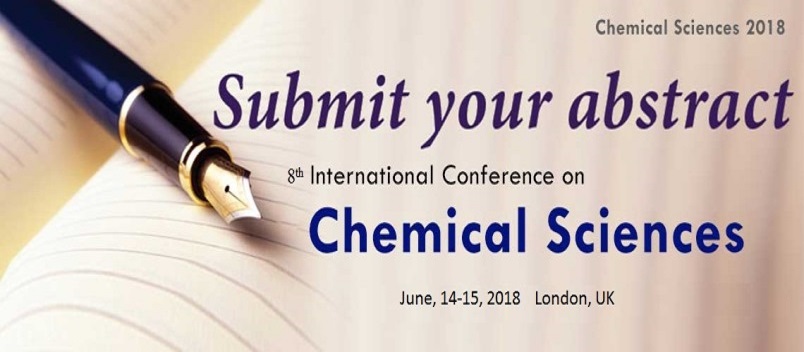



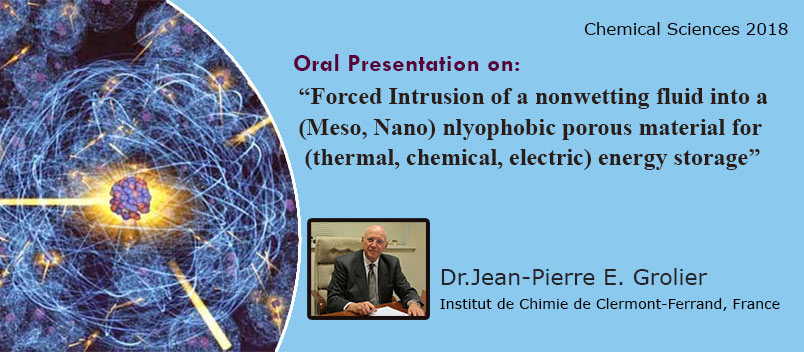
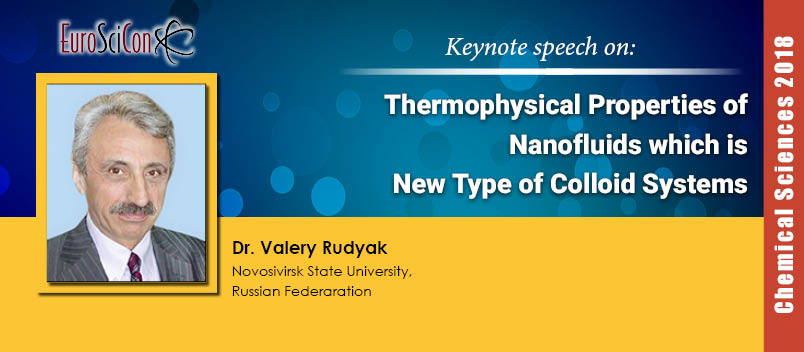
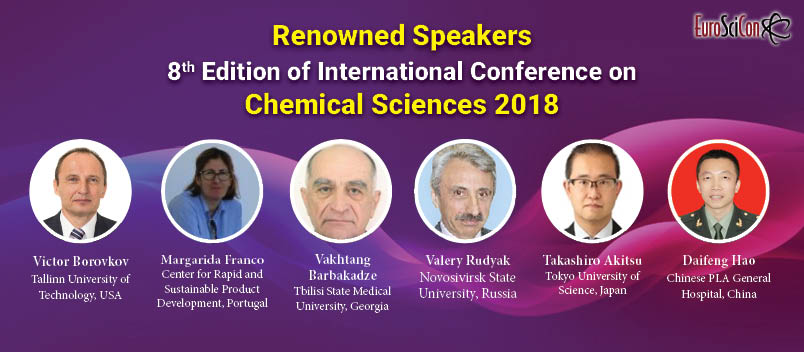


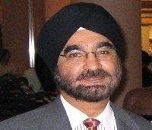
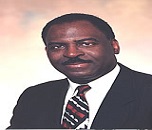






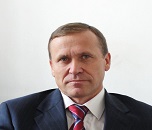
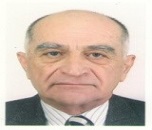
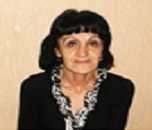
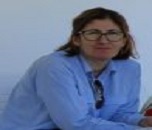
:max_bytes(150000):strip_icc()/simple-experiment-58b5b3325f9b586046bbfa7f.jpg)


